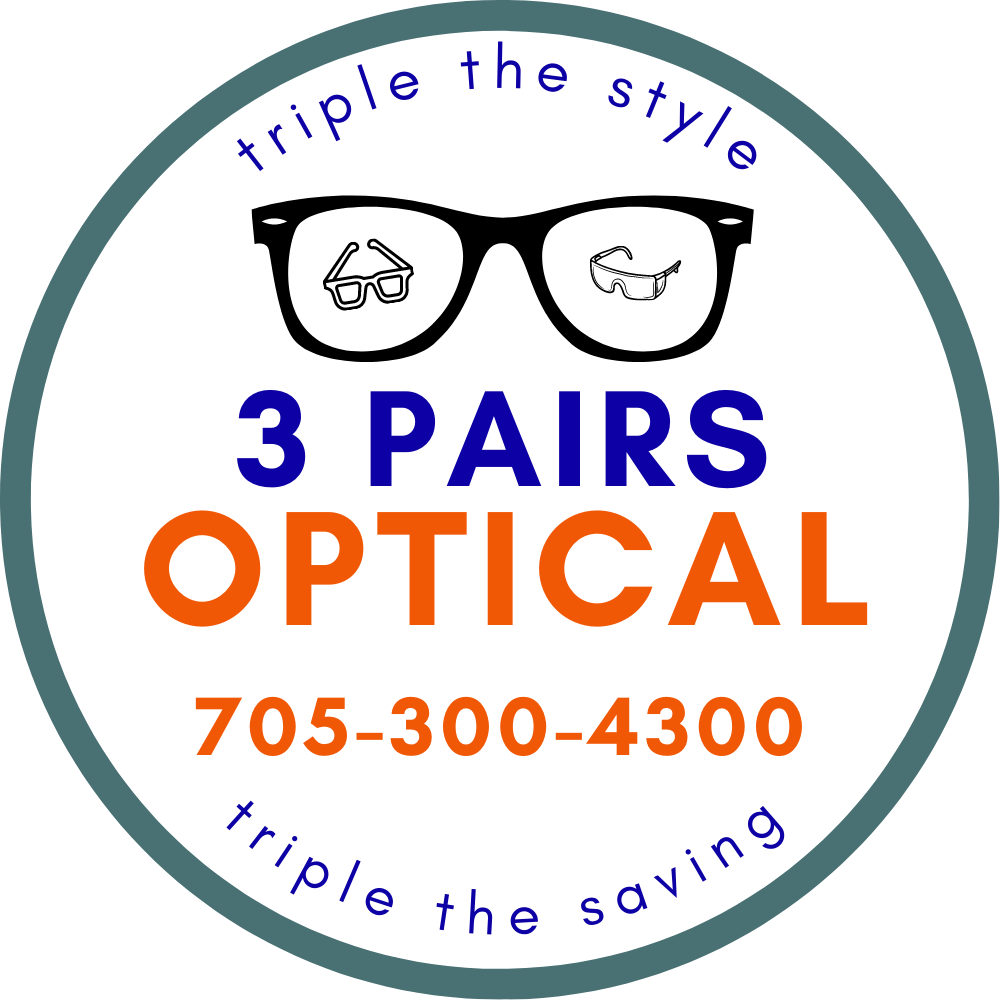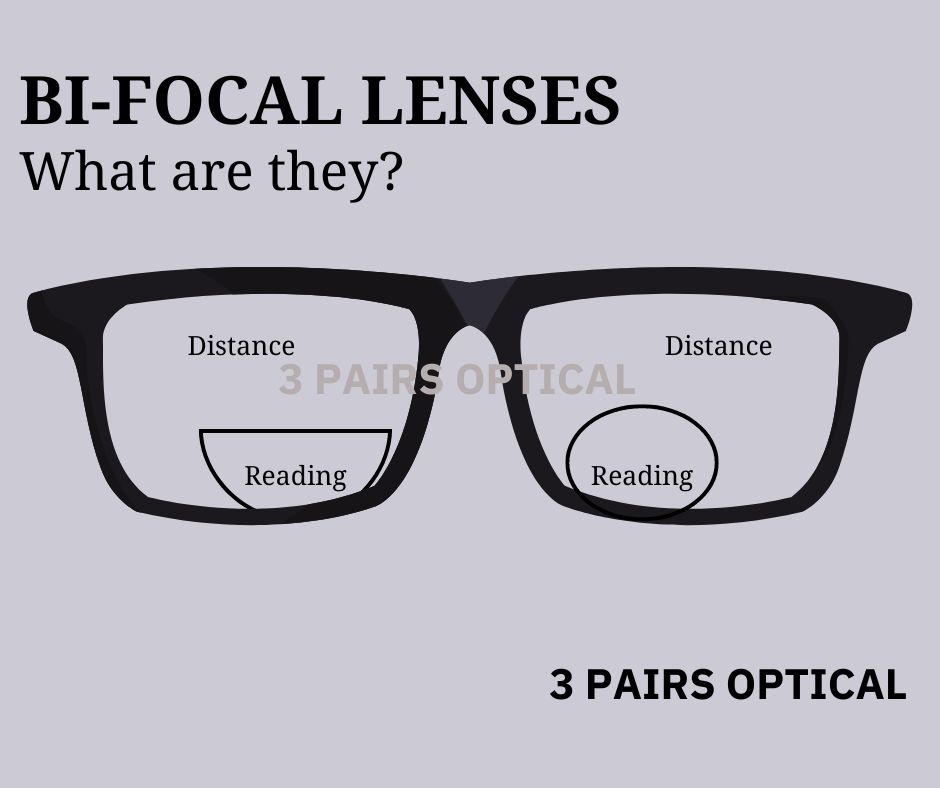As you age and find it difficult to see things up close, frequently having to remove and put on your glasses can be cumbersome. This is where bifocals come in handy.
Bifocals offer optical correction for two different distances, such as reading and long-distance vision.
Our guide covers everything you need to know about bifocals, including their definition, history, types, alternatives, and tips for starting to wear them.
At 3 PAIRS OPTICAL, you can find lined-bifocal, tri-focal, or multi-focal progressive lenses, as well as single vision lenses for distance, reading, or computer use. We provide high-quality lenses at economical prices. If you need anti-fatigue lenses with minor add power or FL-41 tint migraine lenses, visit 3 PAIRS OPTICAL.
What Are Bifocals and How Do They Work?
Bifocals, also referred to as multifocal lenses, contain two distinct optical powers in a single lens.
They essentially combine two lenses, with the larger upper portion designed for distance vision and the smaller lower segment, known as the reading area, for close-up tasks.
These lenses function by allowing you to look straight ahead through the distance part of the lens and downward through the near vision part to see objects up to 18 inches away.
Vision Issues Addressed by Bifocal Lenses
Bifocal glasses are typically prescribed for individuals over 40 when vision starts to decline, commonly due to a condition known as Presbyopia. However, bifocals can also address other vision problems.
- Presbyopia and Aging Eyes: Presbyopia occurs naturally as the eye's lens loses flexibility, making it difficult to focus on close objects.
- Myopia and Hyperopia: Myopia is characterized by an elongated eyeball, causing light to focus in front of the retina, resulting in sharp close-up vision but blurred distant vision. Hyperopia, on the other hand, is due to shorter eyeballs and a flatter cornea, making distant objects clearer than those up close.
- Astigmatism and Other Eye Conditions: Astigmatism leads to blurred vision at all distances because of an irregularly shaped eye.
The History of Bifocal Lenses
Bifocals were invented in 1784 by Benjamin Franklin, who struggled with seeing both far and near. To solve this, he created bifocals by splitting lenses in half.
In the 19th and 20th centuries, bifocals evolved into more practical forms, including progressive lenses, which eliminated the dividing line.
Types of Bifocal Lenses
Bifocal lenses come in various types:
- D Segment and Round Segment: D segment lenses, popular for their natural look, have a D-shaped segment at the bottom near the nose. Round segment bifocals, designed for easier reading, have a segment closer to the nose.
- Executive and Ribbon Segment: Executive bifocals, featuring a clear dividing line, are favored by those who do extensive reading or desk work. Ribbon segment bifocals have a rectangular area for close-up tasks like reading or using a phone.
- Progressive and Trifocal Lenses: Progressive lenses offer a broader range of vision correction without a line, making them popular. Trifocal lenses, which include three vision zones (distance, intermediate, and near), are less common due to their multiple segmenting lines.

